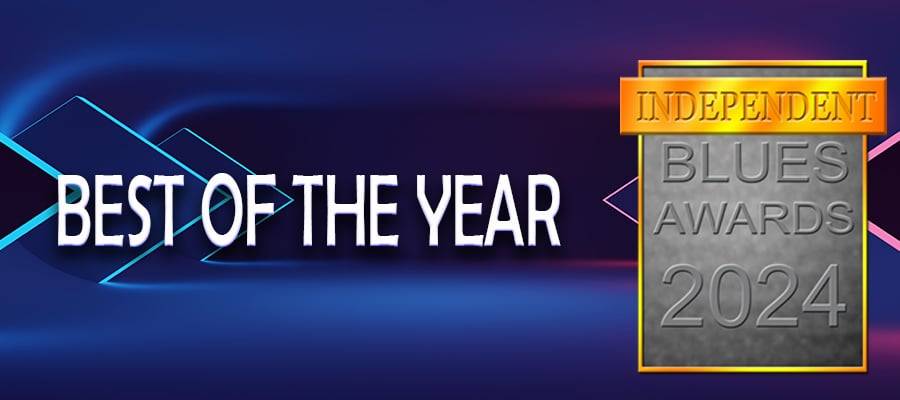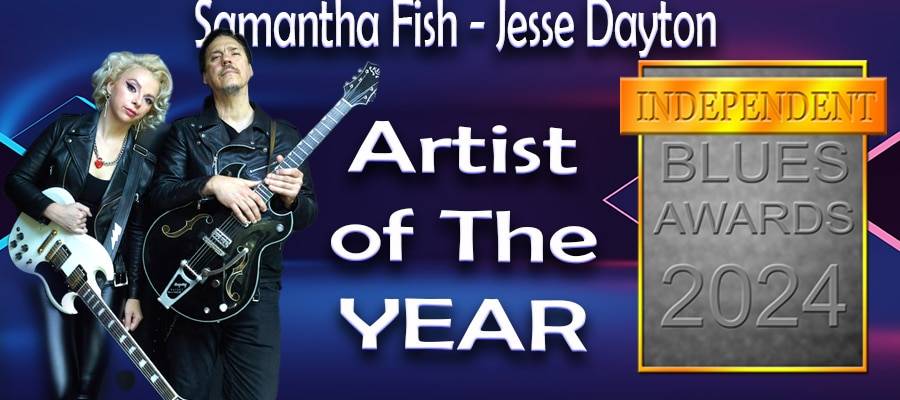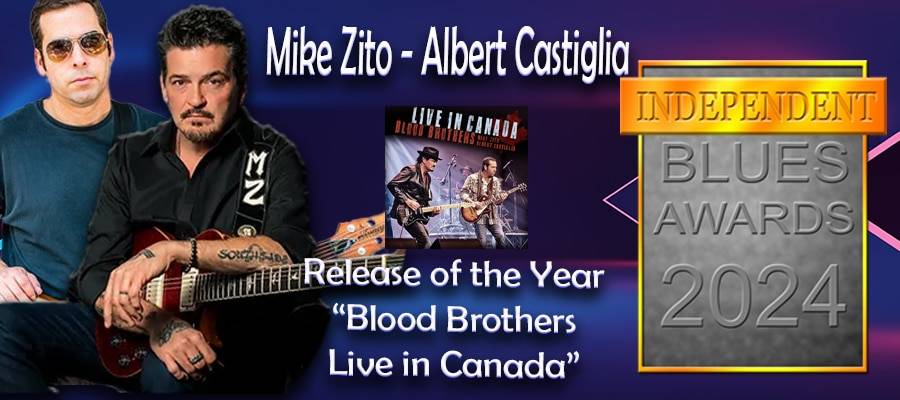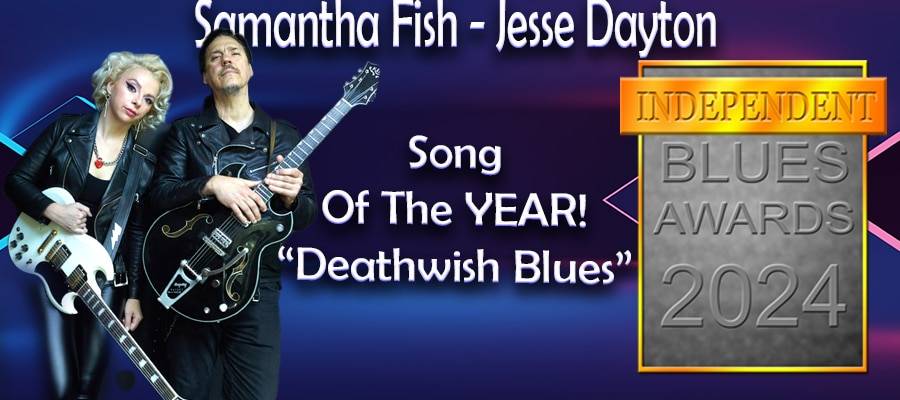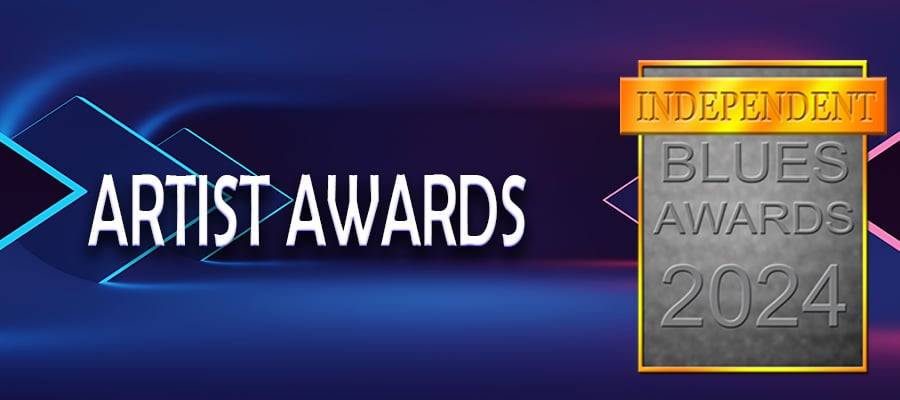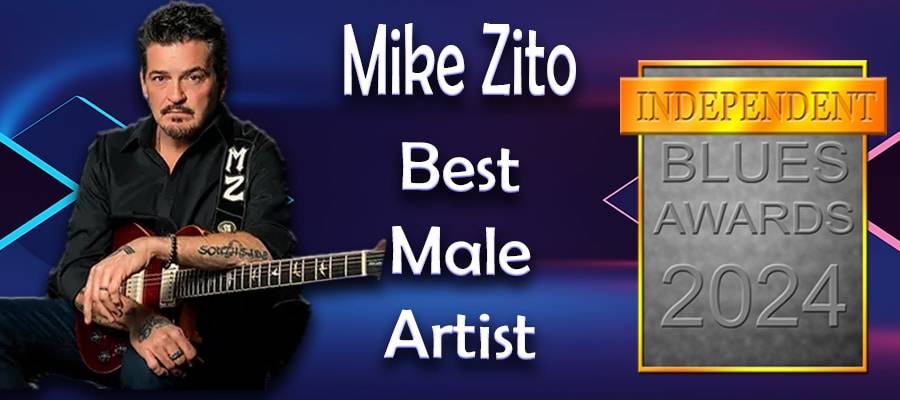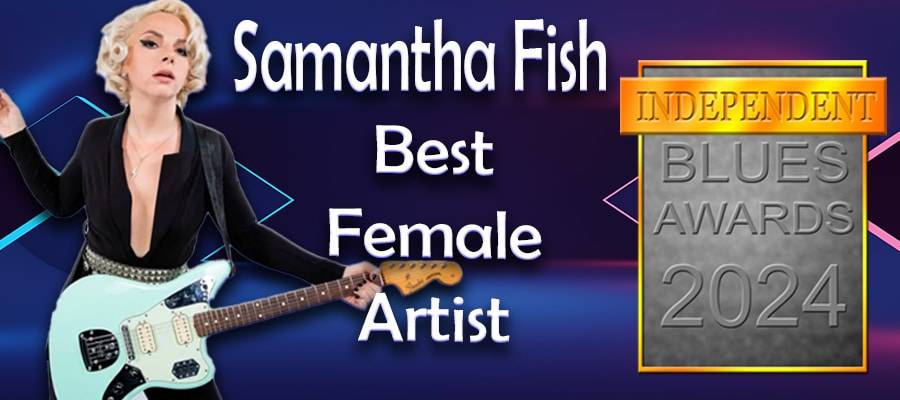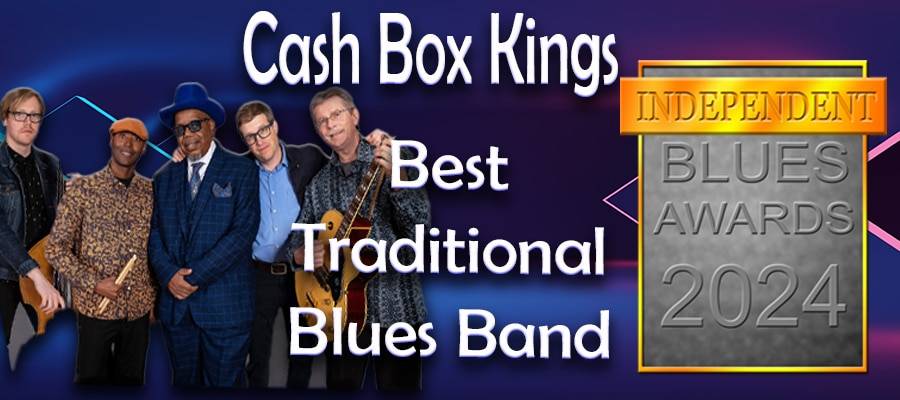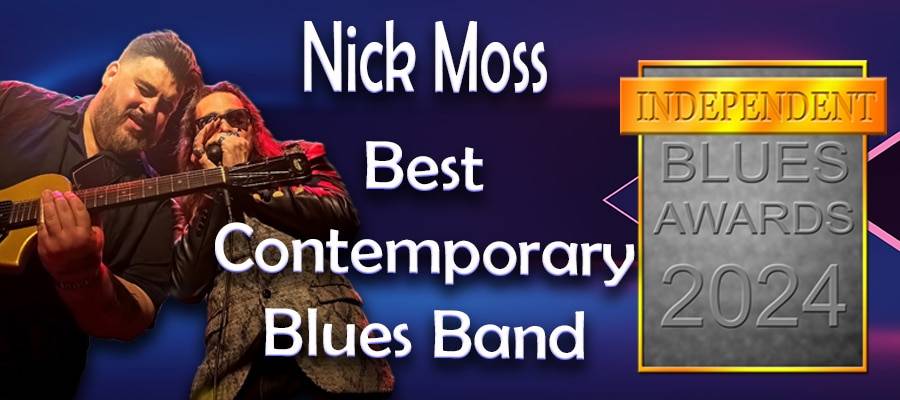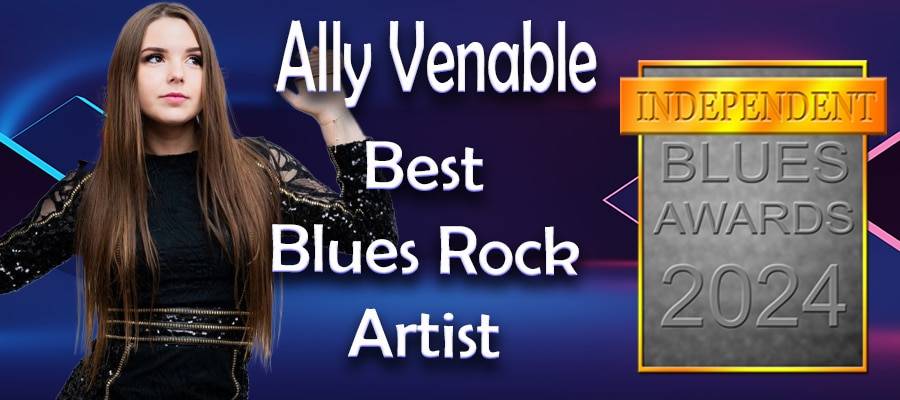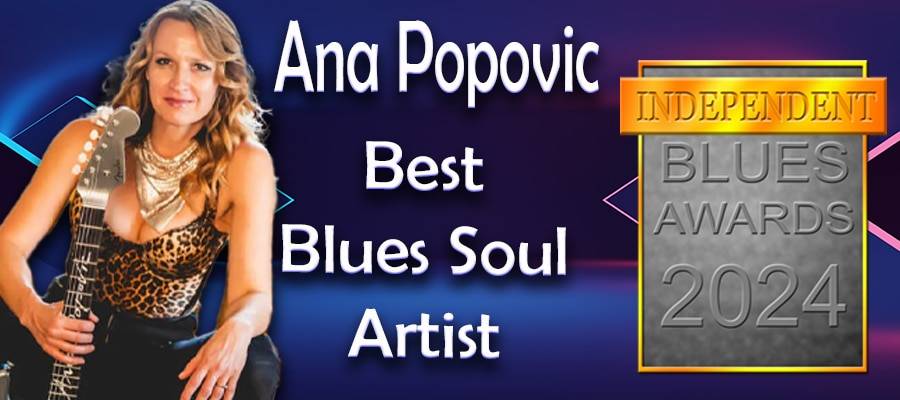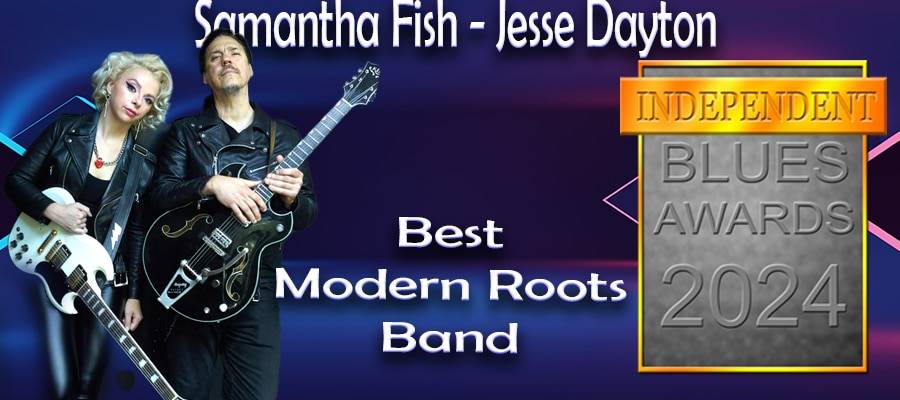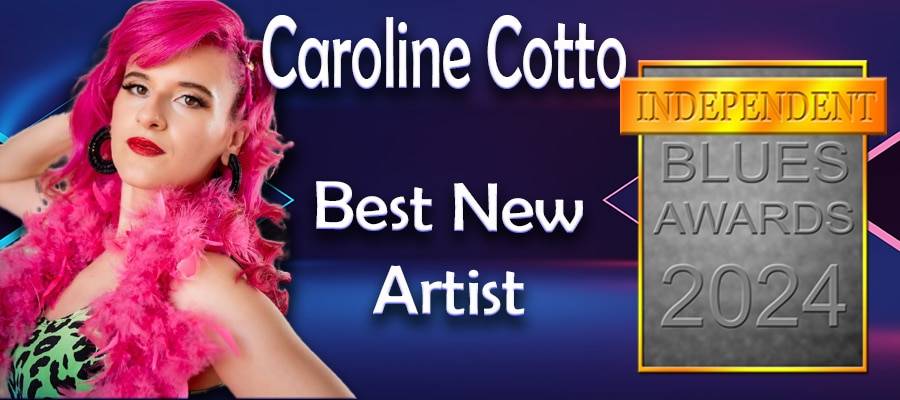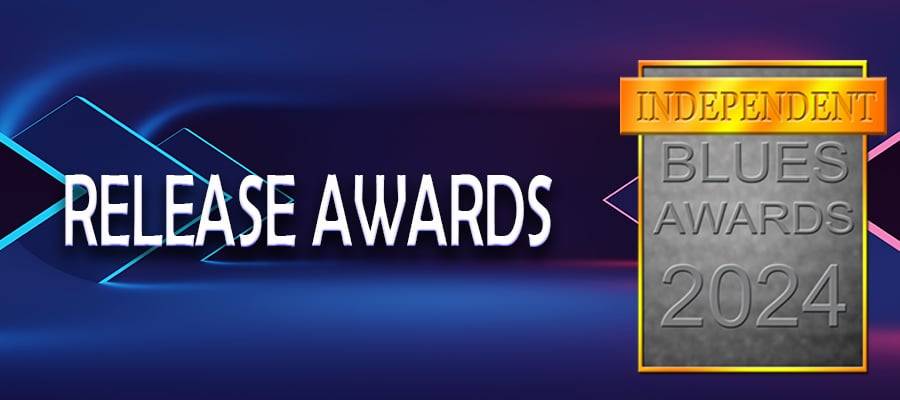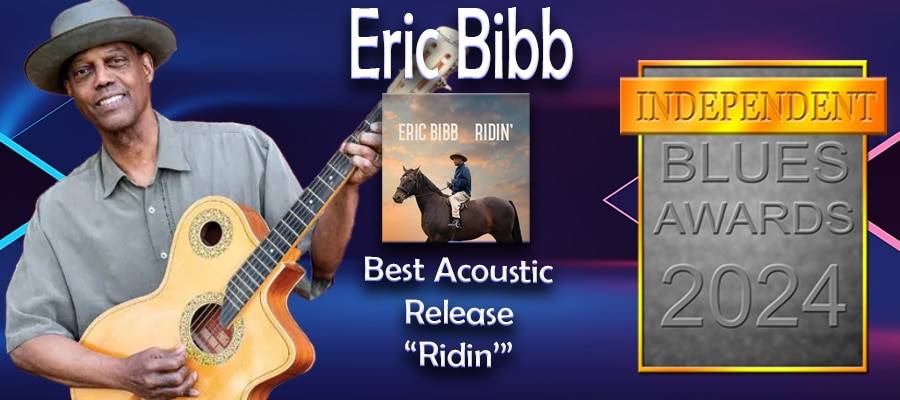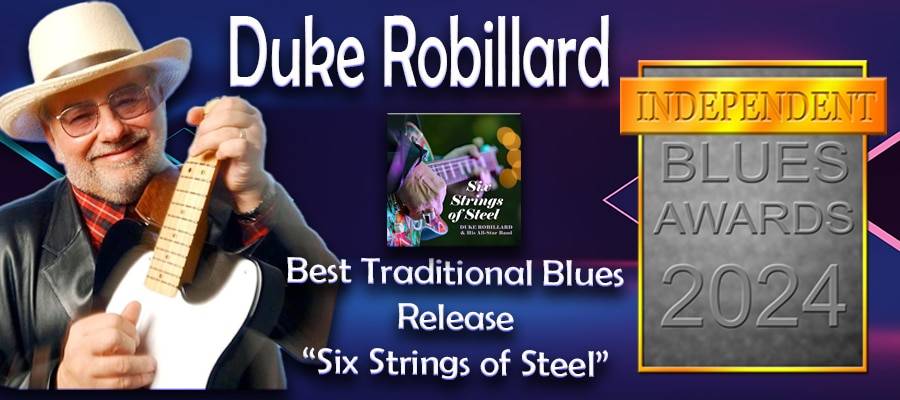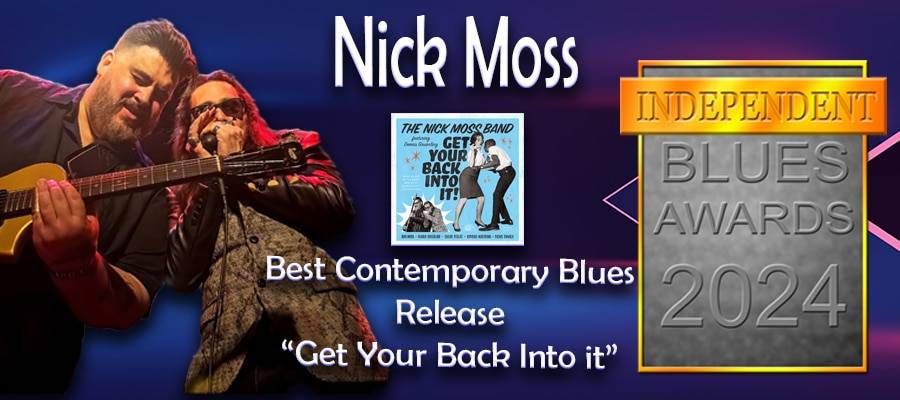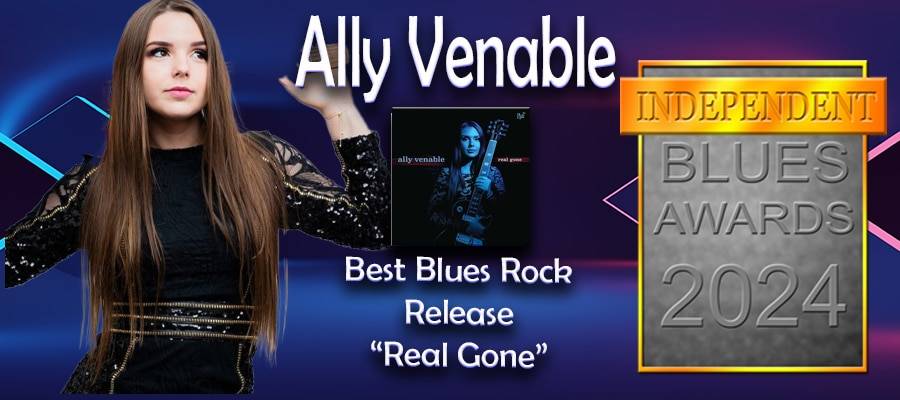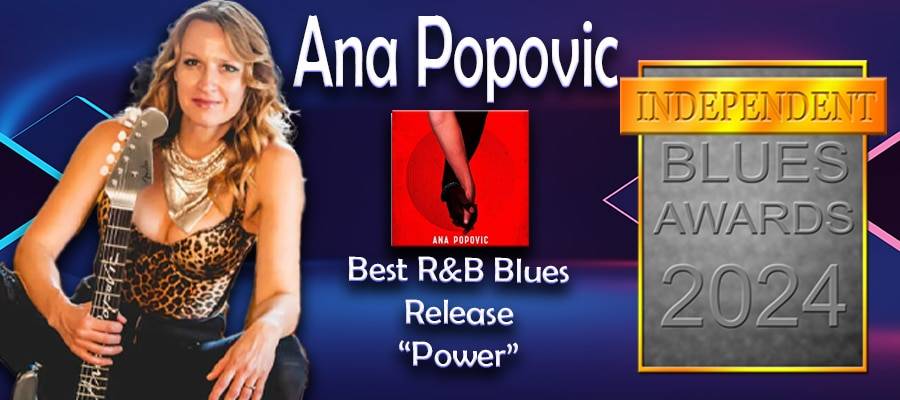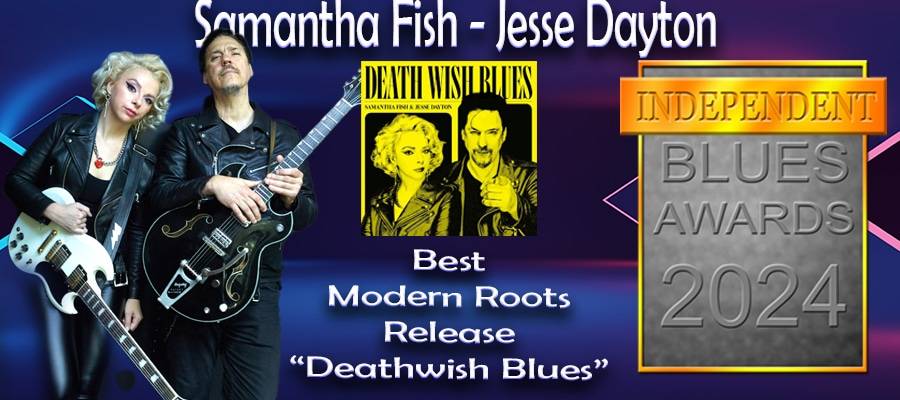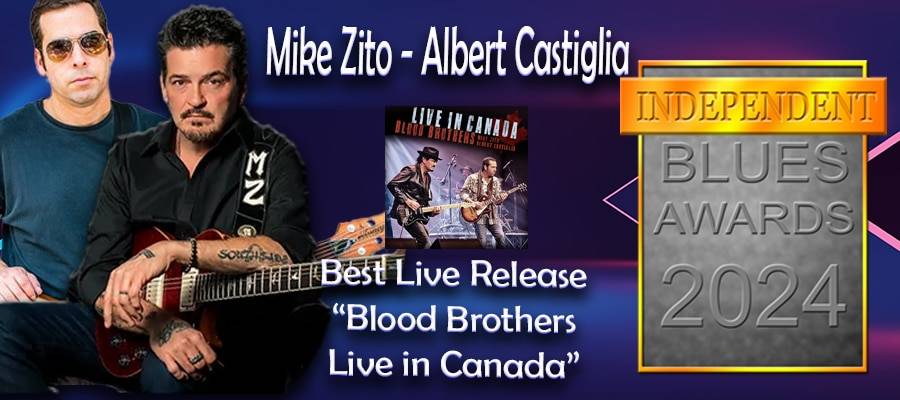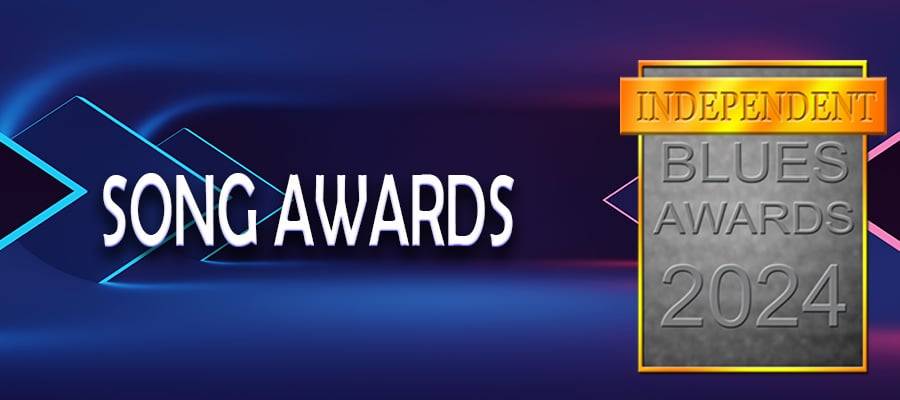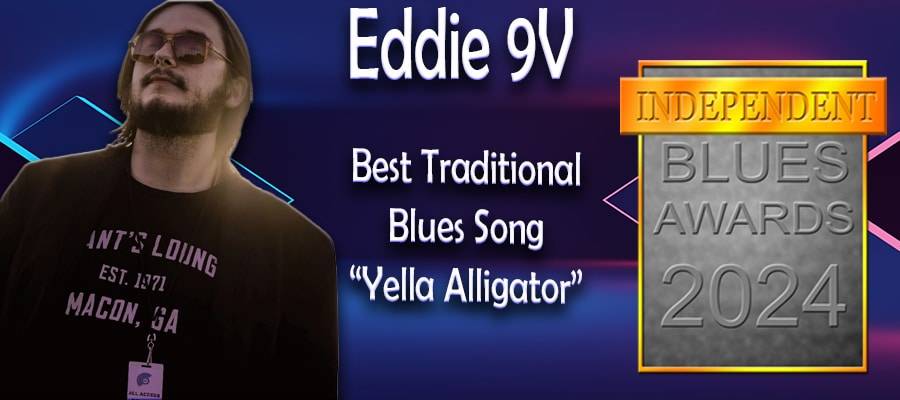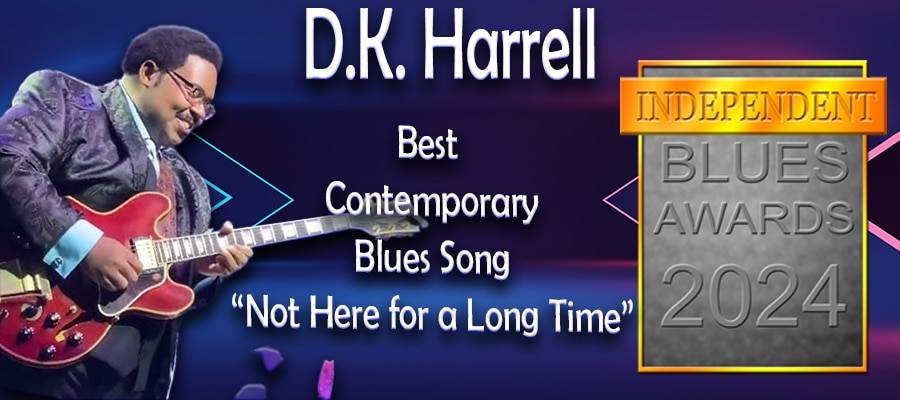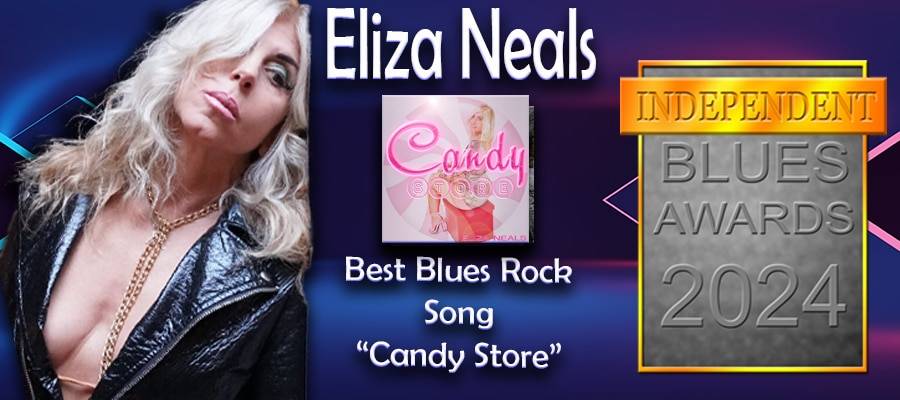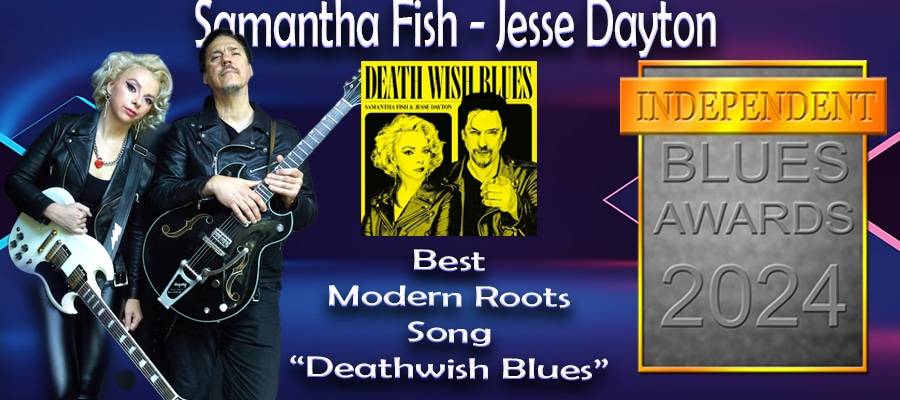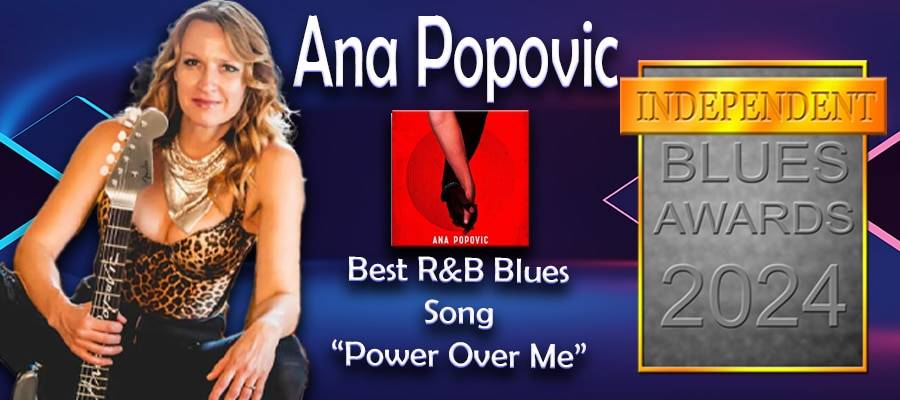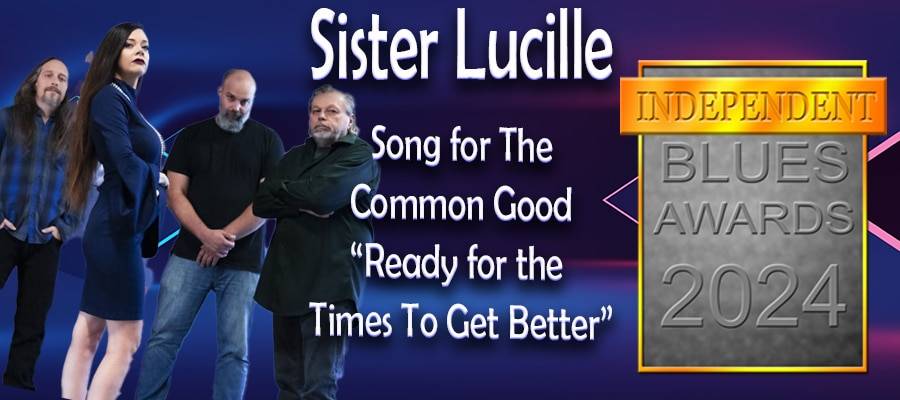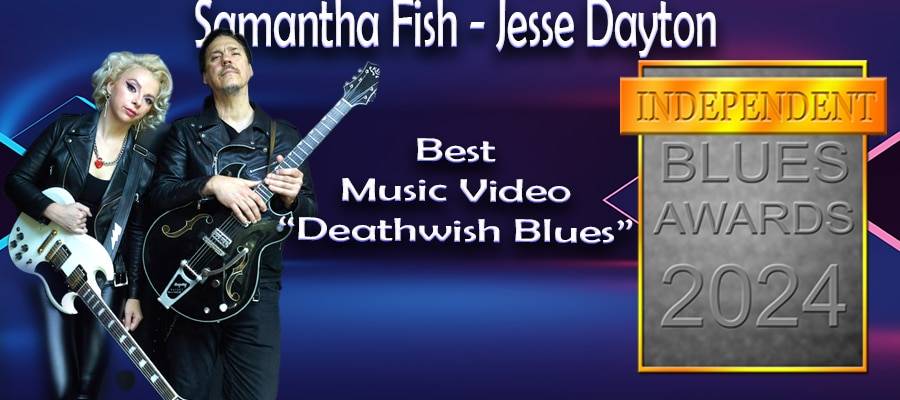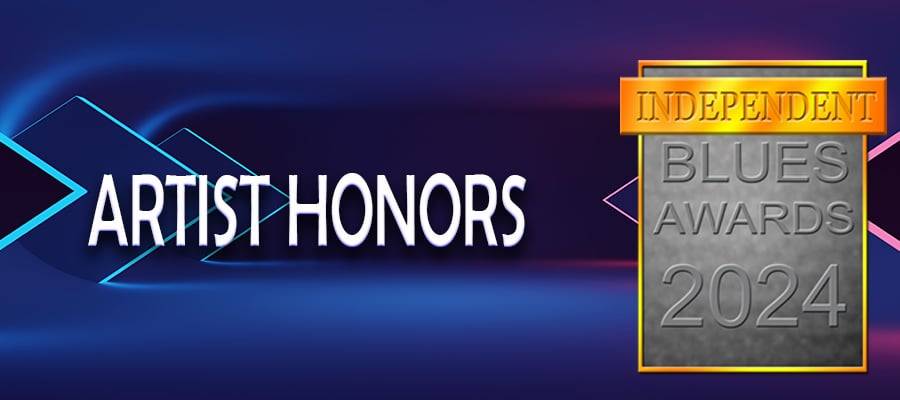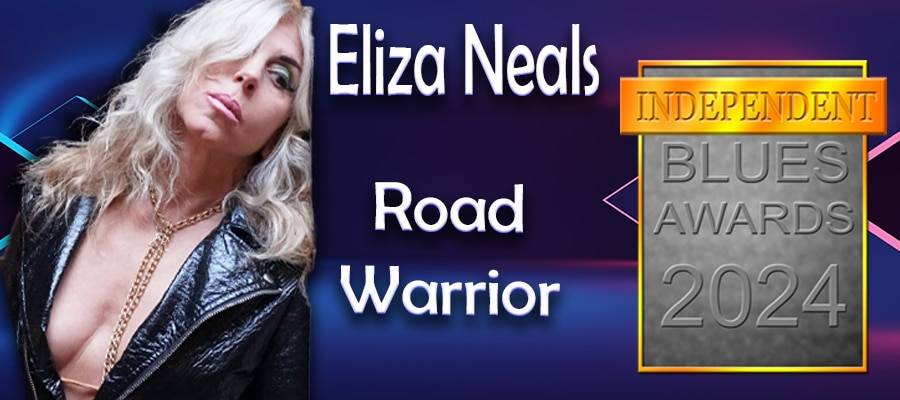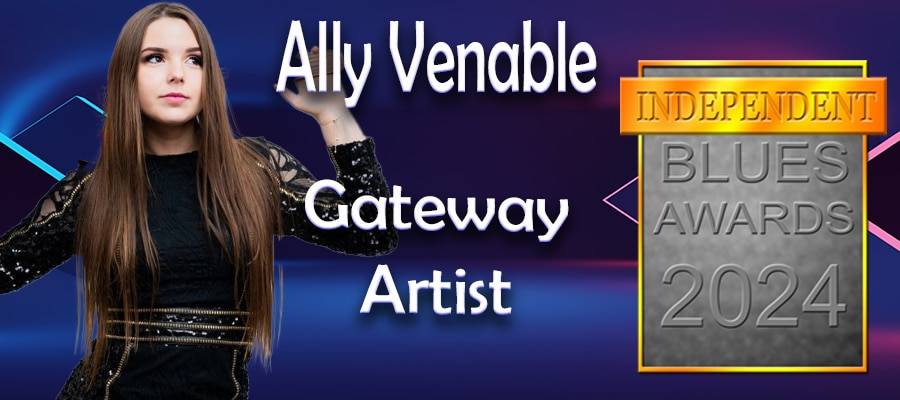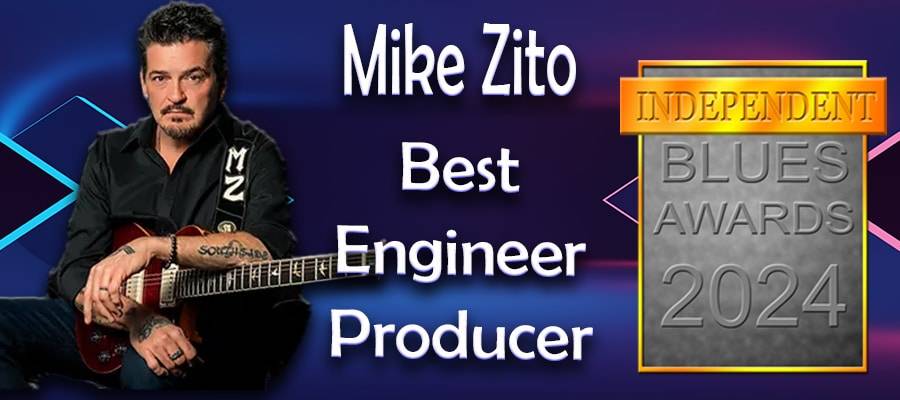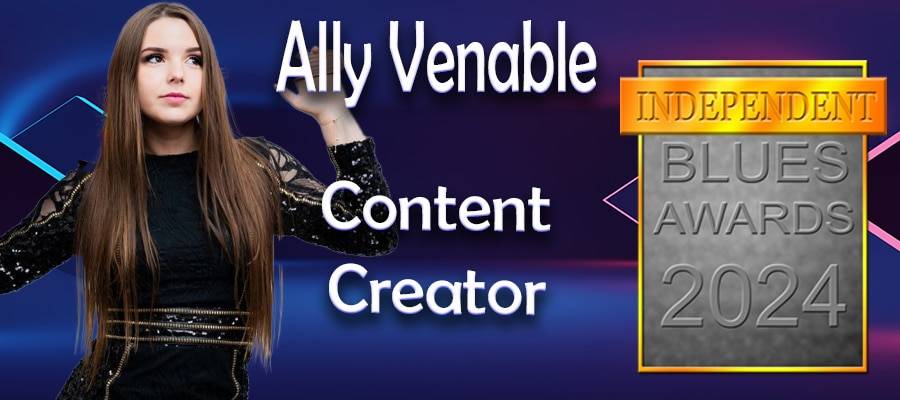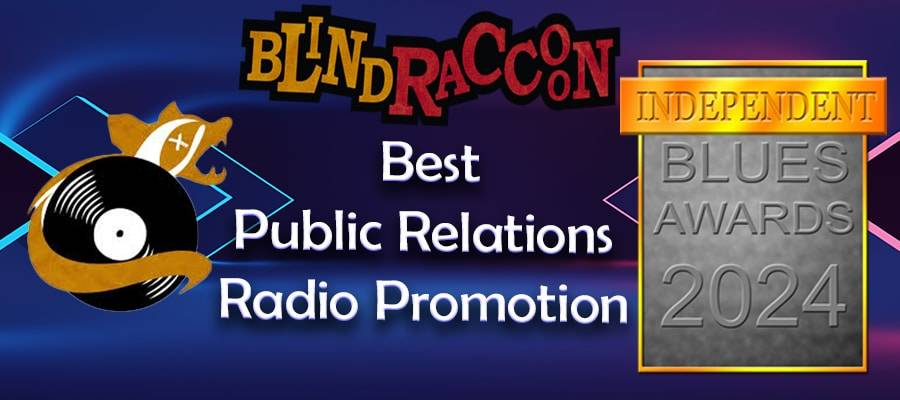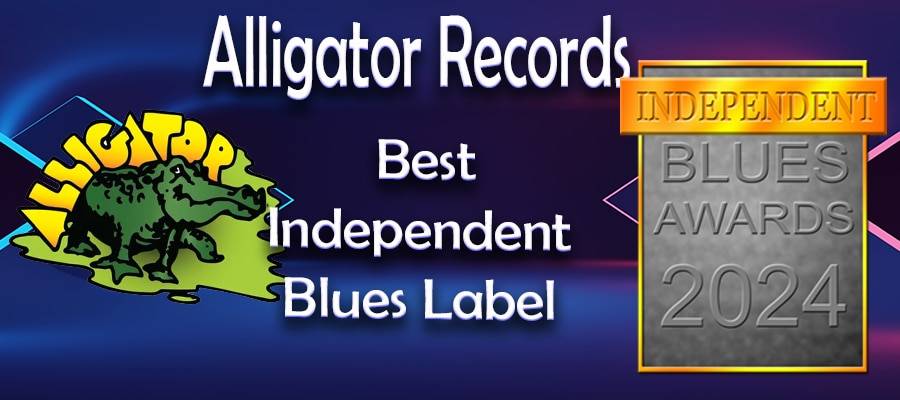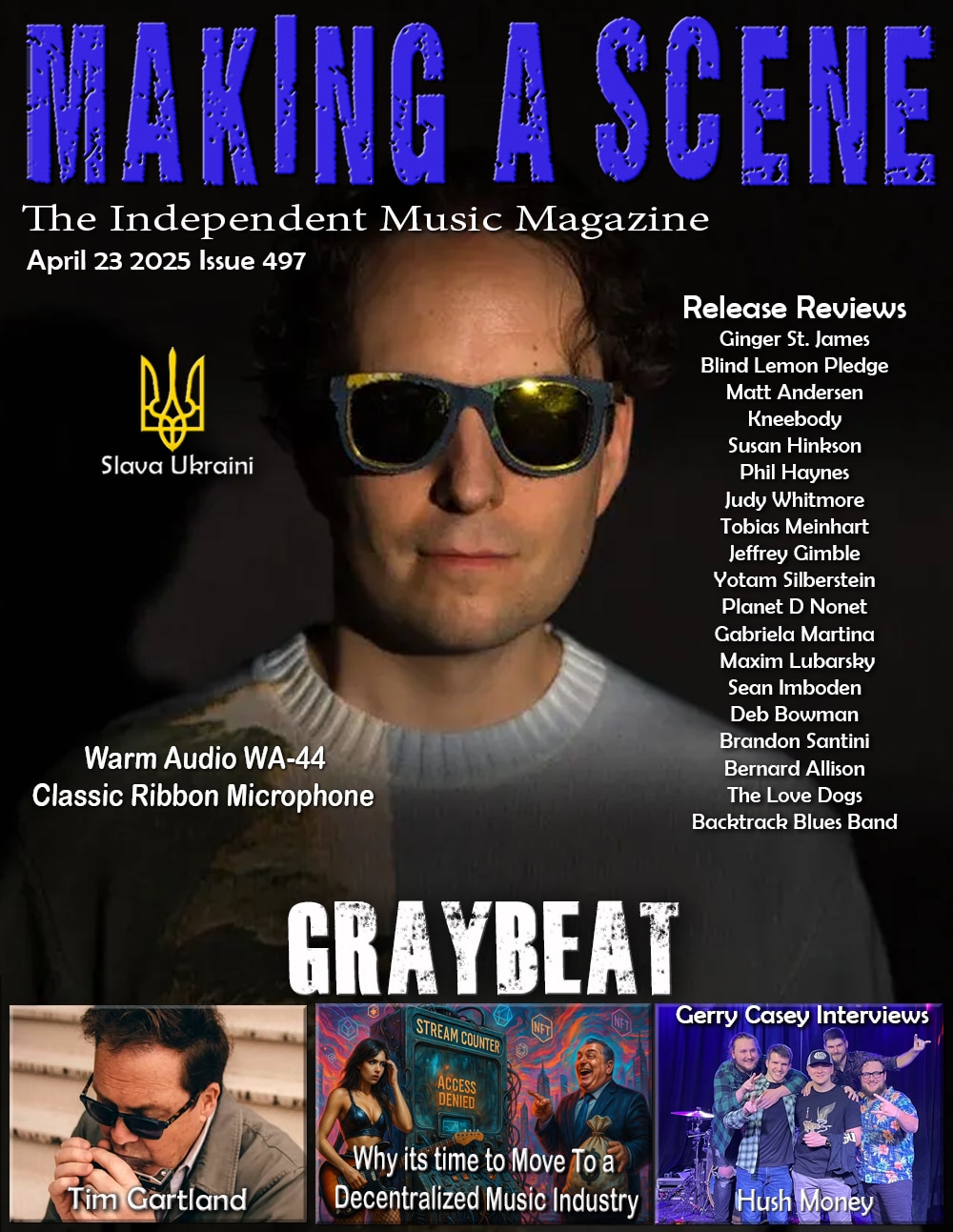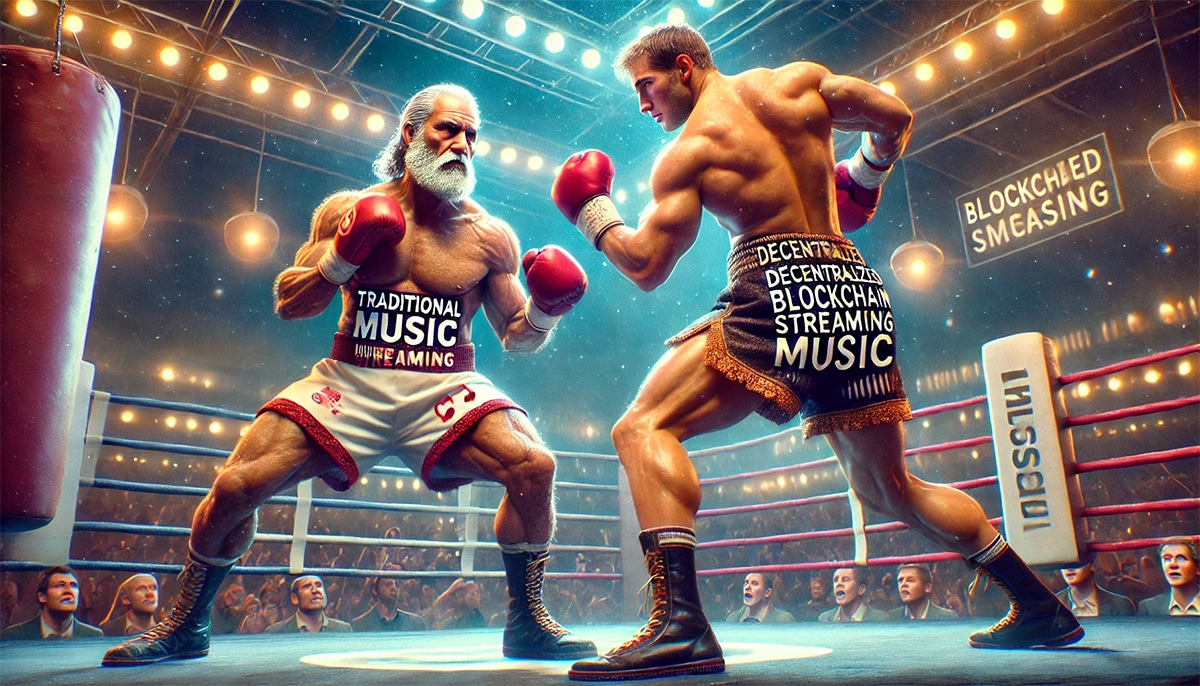Blockchain Music Streaming vs. Traditional Platforms
Blockchain Music Streaming VS Traditional Platforms
Music is everywhere! Whether you’re jamming out to your favorite artist on Spotify or discovering new beats on Apple Music, streaming platforms make it super easy to listen to music anytime, anywhere. But have you ever wondered how these platforms work for the musicians who create the songs you love?
Let’s dive into two different kinds of music streaming services—traditional ones like Spotify and Apple Music and new blockchain-based platforms like Audius. What’s the difference? And which one is better for musicians? Let’s break it down!
A Brief History of Music Streaming
Before streaming took over, people used CDs, MP3 players, and even pirated downloads to get their music fix. Here’s how streaming evolved:
1999: Limewire/Napster: These were the first peer-to-peer file-sharing services. These apps made it possible to download and share music online, but its users faced legal trouble for copyright infringement. Then in 2001, the game changed with the introduction of the IPOD, iTunes, & Digital Downloads. Apple’s iTunes Store changed the game by allowing users to buy and download songs legally. At this point, many in the industry thought that Apple was going to be a dominant player in the music industry for the next few decades.
In 2008, The Streaming Boom began! Services like Spotify and Pandora introduced a new model where users could stream unlimited music for free (with ads) or through paid subscriptions. The music industry was taken by surprise and obviously was not paying attention as these services dictated how much they were willing to pay artists and record companies for their content. Nobody thought this was going to amount to much, so the industry ignored what was going on. Before they knew what happened, the consumer realized their Bluetooth-enabled smart phones were all they needed to enjoy all the music they wanted.
Around 2010, streaming became the dominant way people consumed music; recorded music as a whole lost it’s status as a product, and the consumer was lured by the fact that they could access over 100 years of music by almost every artist for around $10 a month. The artists and record labels started raising concerns over low payouts, but it was too late! At this point, musicians had no choice but to accept the pay structure that these streaming services dictated, as streaming had quickly become the primary way for listeners to access music, and if they opted out, they would be quickly rendered irrelavant.
The large record labels, being what they are, negotiated and signed deals with streaming companies, ensuring they received a significant share of profits, while independent artists were given a “take it or leave it” option and struggled to earn fair compensation.
As the concerns over fair payments to artists rose, the movement towards a decentralized music industry started to gain momentum. Blockchain-based platforms like Audius.co emerged to offer an alternative, giving musicians more control over their revenue and music rights.
Traditional Music Streaming Platforms
Big names like Spotify, Apple Music, and Amazon Music are the most popular ways people listen to music today. They work like a giant library where you can stream millions of songs at the tap of a button. According to the statistics, Spotify has over 900 years of music, and it grows by almost 100,000 tracks a day!
Pros:
✅ Huge Audience: Millions of people use these platforms, which means tons of potential listeners.
✅ Huge Database of Music: These platforms, because of their adoption by consumers, have amassed a huge collection of music
✅ Curated Playlists: Playlists like “Top Hits” have played a role in the discovery of new artists
Cons:
❌ Low Payouts: musicians don’t earn much per stream. Some reports say artists make less than a fraction of a penny per play!
❌ Middlemen Take a Cut: Record labels, managers, and platforms all take a share before the artist sees any money.
❌ Slow Payout: Because these platforms use aggrigators to pay artists, it can take months for an artist to see any money from their streams.
❌ Limited Control: Musicians don’t have much say in how their music is distributed or promoted.
❌ Lack of Transparency: There is no transparency to how streams are calculated, how earnings are distributed and how the algorithms work on these platforms
What needs to happen to overcome the negatives
- Increase Artist Revenue: Platforms could introduce higher payout tiers or direct fan-to-artist payment options as well as streamline the payment process to pay the artists faster.
- More Artist Control: Giving artists more control over pricing, exclusive releases, and direct fan interactions could make traditional platforms more appealing.
- Better Transparency: Clearer reporting on streams and earnings can help artists understand and optimize their revenue.
Unfortunately, under the current state of the music industry, there is little to no incentive for these platforms to reform the way they do business.
Blockchain Music Streaming Platforms
Now, here comes the new kid on the block—blockchain music platforms like Audius.co. Instead of being controlled by one big company, these platforms run on a decentralized system, meaning no single person or company is in charge. (See Top Blockchain Streaming Services)
Pros:
✅ Better Payments: Artists earn more money per stream since there are fewer middlemen.
✅ More Control: Musicians have more power over their music and how they connect with fans.
✅ Transparency: Payments and play counts are recorded on the blockchain, so everything is open and fair.
✅ Higher quality streaming: Blockchain-based streaming can provide a high-definition streaming experience by allowing for.wav and.flac files to be streamed.
✅ Automated Accounting: Because of smart contracts, payments can be made to all parties involved in the creation of the music (co-writers, sidemen, investors, etc.) automatically and immediately upon access to the music.
Cons:
❌ Smaller audience Not as many people use blockchain platforms yet, so it’s harder to reach big numbers.
❌ Technology Can Be Confusing: Crypto wallets and blockchain terms might seem tricky to new users.
How to Expand the Positives & Overcome the Negatives
- Growing the Audience: Partnerships with mainstream artists and influencers could help bring more users to blockchain platforms.
- Educate our Fanbase: We need to introduce and educate our fanbase of the advantages of using this new technology. (see How to introduce and Educate your fanbase to the Decentralized Music industry.)
- Simplify Technology: User-friendly interfaces and educational resources can make blockchain platforms easier to use. As the consumer gets more comfortable with the digital wallet, it will become easier to integrate in the future
Conclusion
Streaming has become the dominant way people listen to music, but it’s not without challenges—especially when it comes to paying artists fairly. But, if you look at the timeline of the history of streaming, the music industry is slow to adopt new technologies until it is too late. This is an opportunity to get in on the ground floor of a movement that could be the new revolution of the music industry and be part of creating a fair and equitable system for artists to get fair pay for their work. (See: The Future of Music: Embracing the Decentralized Music Industry.)
Buy Us a Cup of Coffee!
Join the movement in supporting Making a Scene, the premier independent resource for both emerging musicians and the dedicated fans who champion them.
We showcase this vibrant community that celebrates the raw talent and creative spirit driving the music industry forward. From insightful articles and in-depth interviews to exclusive content and insider tips, Making a Scene empowers artists to thrive and fans to discover their next favorite sound.
Together, let’s amplify the voices of independent musicians and forge unforgettable connections through the power of music
Make a one-time donation
Make a monthly donation
Make a yearly donation
Buy us a cup of Coffee!
Or enter a custom amount
Your contribution is appreciated.
Your contribution is appreciated.
Your contribution is appreciated.
DonateDonate monthlyDonate yearlyYou can donate directly through Paypal!
Subscribe to Our Newsletter
Discover more from Making A Scene!
Subscribe to get the latest posts sent to your email.
